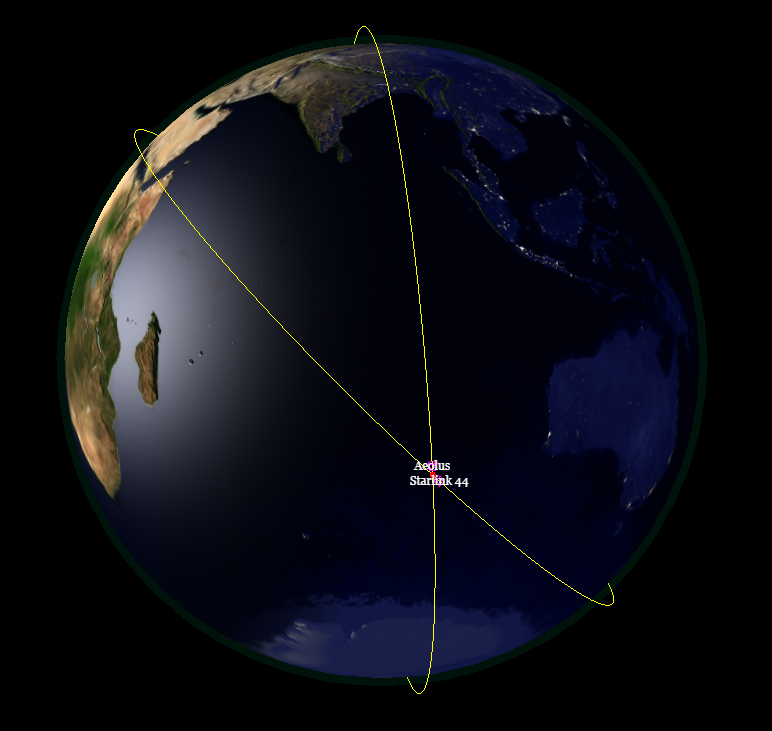A SpaceX satellite constellation almost crashed with a European Space Agency satellite, a rarity in space.


Galactic trash in spaceslavemotion/iStock
Elon Musk’s SpaceX satellite constellation had a near collision with the European Space Agency’s Aeolus satellite, forcing it to fire its thrusters to raise its altitude in an emergency avoidance maneuver.
In a series of Tweets, the European Space Agency said it calculated the risk the SpaceX Starlink satellite constellation and the Aeolus satellite would collide and determined the safest option was for the Aeolus to increase altitude and pass over the SpaceX satellite. A satellite constellation is a collection of small satellites clustered together. SpaceX declined to comment to one media outlet.
For the first time ever, ESA has performed a 'collision avoidance manoeuvre' to protect one of its satellites from colliding with a 'mega constellation'#SpaceTraffic
724 people are talking about this
Crash avoidance move took place 1/2 an orbit before potential crash
The European Space Agency said the crash avoidance maneuver took place ½ an orbit before the potential collisions. Aeolus called home shortly after the incident and is sending back the usual data.
The European Space Agency said it was the first time the satellite had to be moved to prevent a collision with a cluster of satellites. "It is very rare to perform collision avoidance maneuvers with active satellites. The vast majority of ESA avoidance maneuvers are the result of dead satellites or fragments from previous collisions," ESA said in the Tweet.
ESA wants to automate collision avoidance systems
According to the European Space Agency in 2018 it engaged in 28 maneuvers designed to avoid a crash. It warned the problem could get worse as satellite constellations including Starlink and others grow to thousands of satellites.
“These avoidance maneuvers take a lot of time to prepare - from determining the future orbital positions of all functioning spacecraft to calculating the risk of collision and potential outcomes of different actions,” ESA said in the Tweet. “ESA is preparing to automate this process using #AI #ArtificialIntelligence. From the initial assessment of a potential collision to a satellite moving out of the way, automated systems are becoming necessary to protect our space infrastructure.”
News of the potential collision comes just hours after Robert Zimmerman - the person behind the 'Behind the Black' space blog, recently found several images online labeled as "candidate landing site for SpaceX Starship." The data came from the University of Arizona's HiRISE camera, which is aboard NASA's Mars Reconnaissance Orbiter. SpaceX is currently trying to find the location where its Starship will land humans on Mars.



